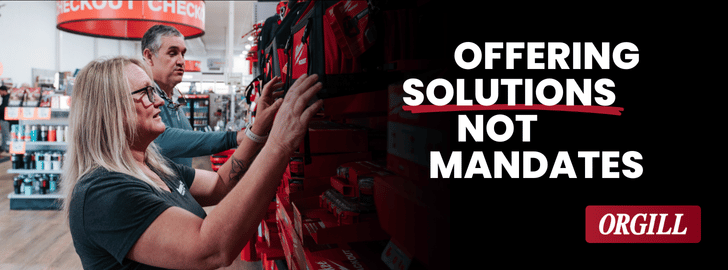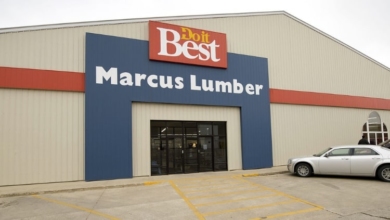Q2 2024: What Independent Hardware Retailers Need to Know

The second quarter of 2024 has brought significant developments in the home improvement and hardware retail sector, with mixed results for some of the industry’s largest players. Independent hardware store retailers can glean valuable insights from these outcomes to navigate the current market landscape.
Home Depot reported a modest 1 percent increase in net sales to $43.2 billion, yet its global comparable-store sales declined for the seventh consecutive quarter by 3.3 percent. Despite better-than-expected earnings, investor concerns remain due to cautious consumer spending and macroeconomic challenges. Home Depot’s revised guidance for fiscal 2024 now anticipates a 3-4 percent decline in comparable sales. Independent retailers should note the impact of economic pressures on DIY customers, as Home Depot’s success in growing its pro segment and digital assets could signal where the market is headed.
After sharing its second quarter earnings yesterday, Lowe’s announced a 5.1 percent decrease in comparable sales, with total sales down to $23.6 billion from $25 billion in Q2 2023. The DIY sector continues to struggle, particularly in larger discretionary spending and seasonal items. However, Lowe’s saw strength in its pro customer segment, reflecting a growing trend of professional contractors driving revenue in the sector. As Lowe’s updates its 2024 outlook to reflect lower sales expectations, independent retailers should consider focusing on pro customers to mitigate the effects of reduced consumer spending.
Tractor Supply Company reported a 1.5 percent increase in net sales to $4.25 billion but saw a slight decline in comparable-store sales by 0.5 percent. The company’s focus on its “Life Out Here” strategy, which emphasizes customer relationships and market share growth, led to gross margin improvements despite challenges in consumable categories. For independent retailers, Tractor Supply’s success in maintaining strong margins through cost management and a focus on seasonal merchandise provides a blueprint for adapting to changing market conditions.
The broader economic environment, influenced by the Federal Reserve’s ongoing efforts to control inflation, continues to pressure consumer spending in the home improvement sector. With interest rates expected to remain high through much of 2024, customers may delay significant purchases, particularly in DIY projects. Independent retailers must remain agile, leveraging their community connections and customer service strengths to weather these economic headwinds.
Looking at Q2 2024 underscores the importance of diversification and adaptability in the hardware retail sector. While consumer spending is pressured, opportunities remain in the professional contractor market and strategic cost management. By focusing on these areas, independent retailers can continue to thrive even as larger competitors adjust their outlooks and strategies.










